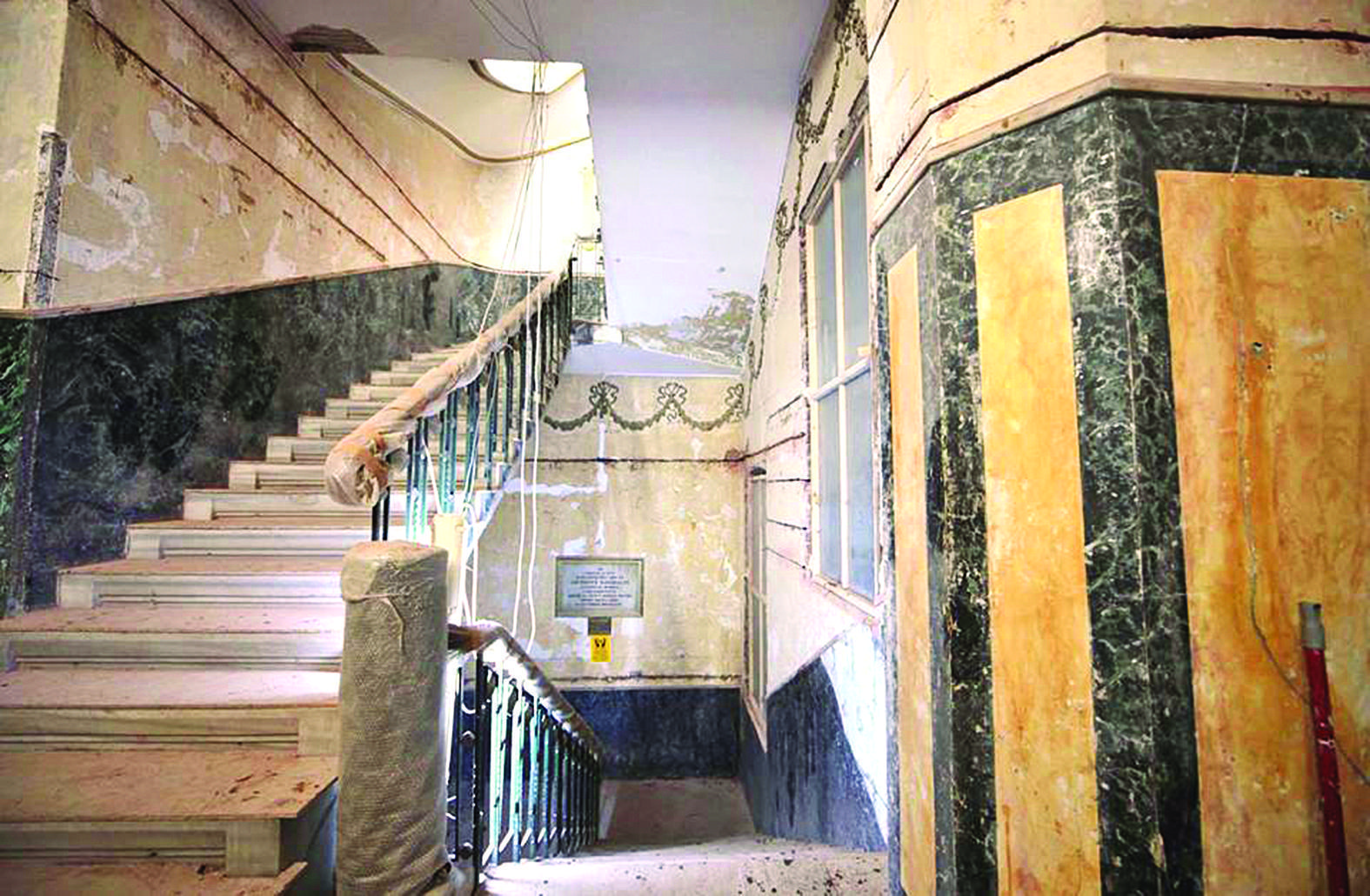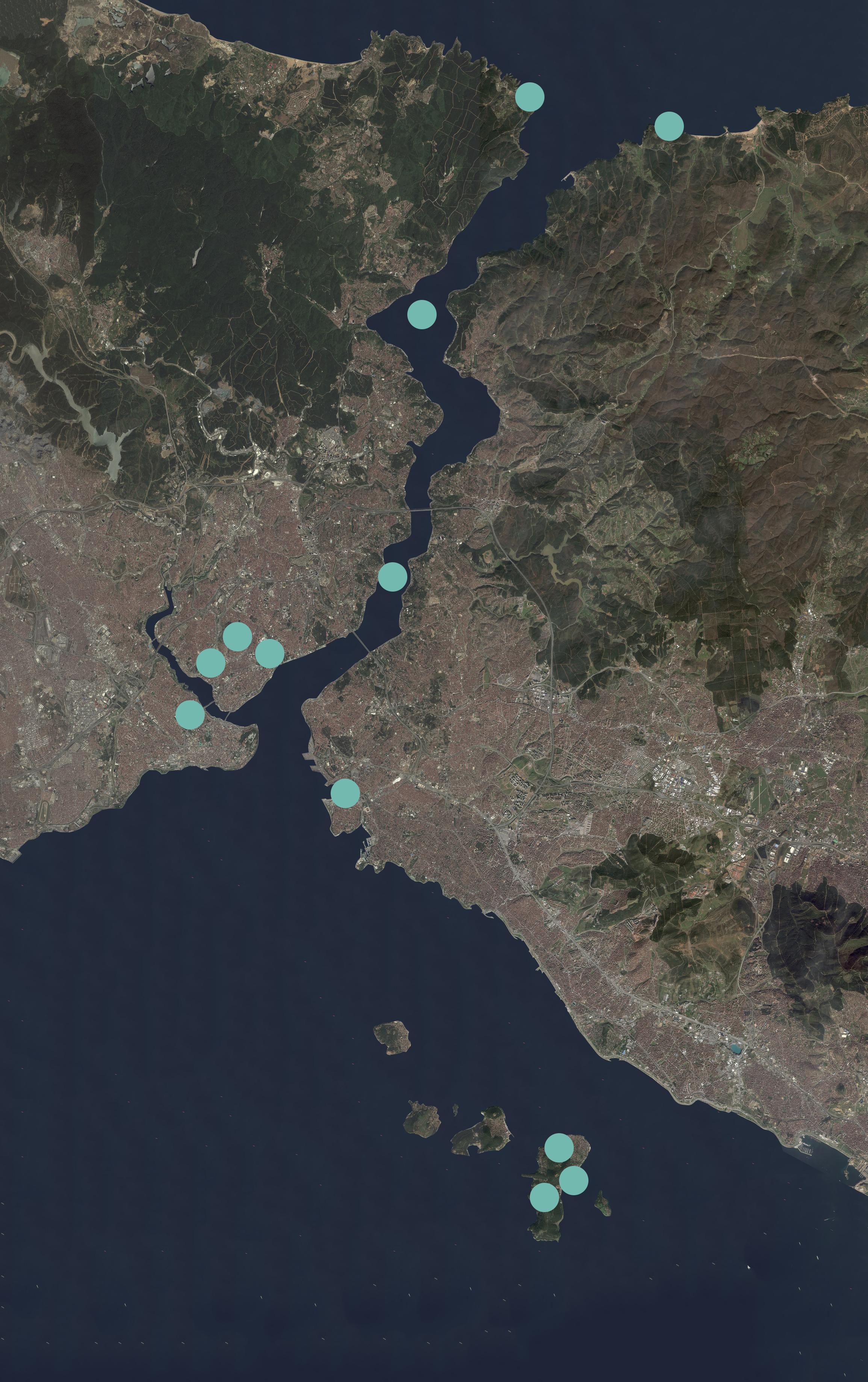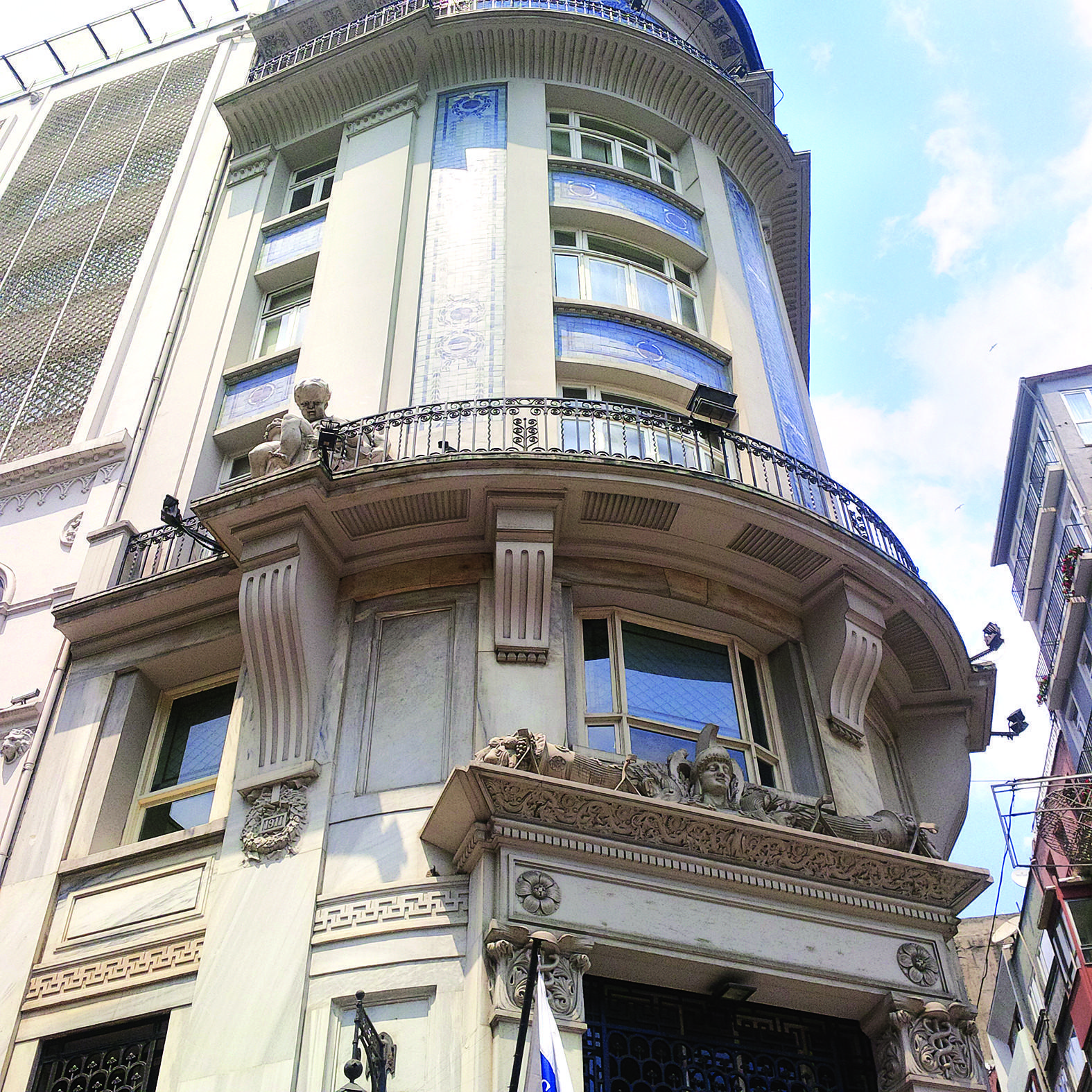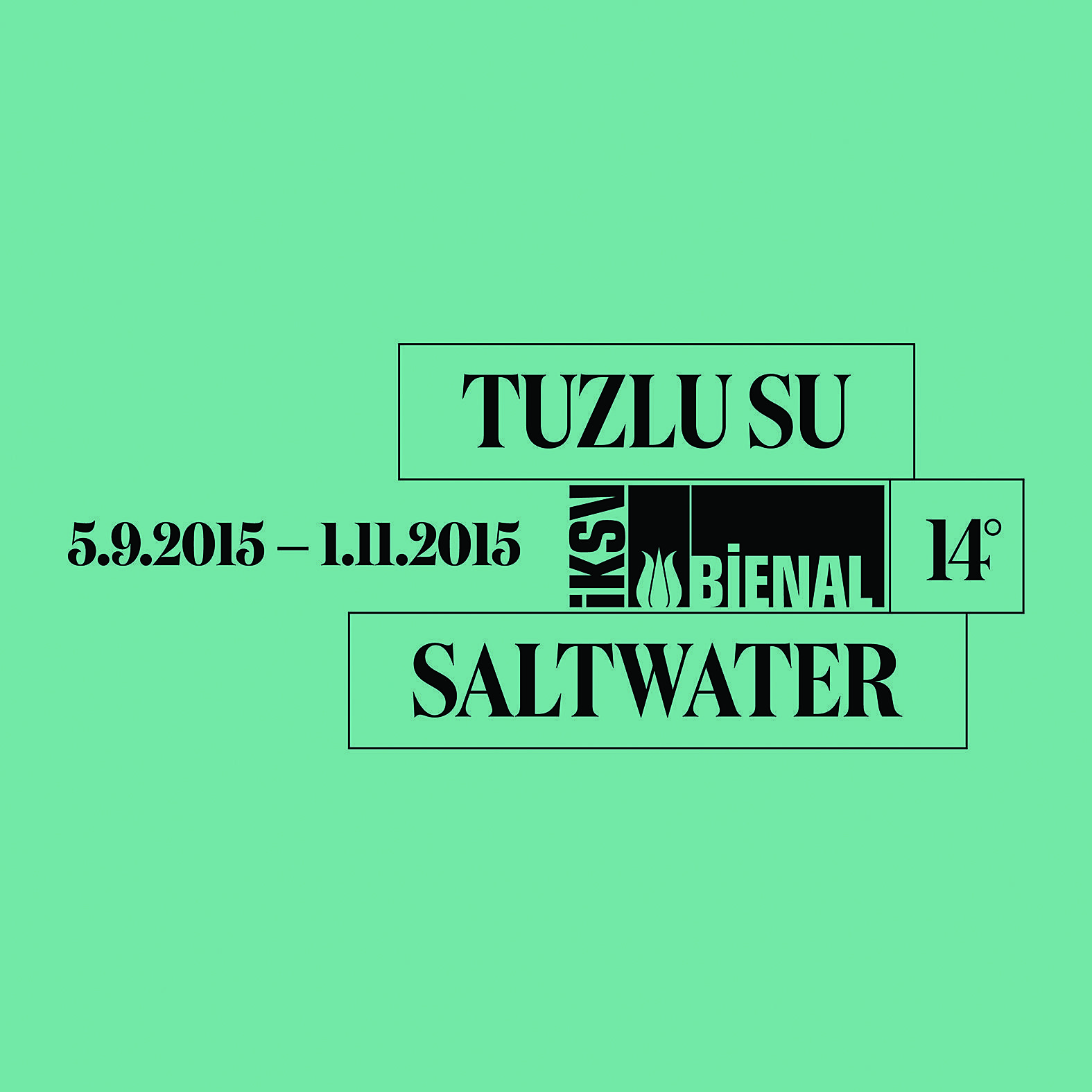14th Istanbul Biennial in saltwater
ISTANBUL
 The 14th Istanbul Biennial “Saltwater: A Theory of Thought Forms,” drafted by Carolyn Christov-Bakargiev, will open to the public from Sept. 5 to Nov. 1. Works by over 80 participants from Africa, Asia, Australia, Europe, the Middle East, Latin America and North America will be displayed in over 30 venues on the European and Asian sides of the Bosphorus.
The 14th Istanbul Biennial “Saltwater: A Theory of Thought Forms,” drafted by Carolyn Christov-Bakargiev, will open to the public from Sept. 5 to Nov. 1. Works by over 80 participants from Africa, Asia, Australia, Europe, the Middle East, Latin America and North America will be displayed in over 30 venues on the European and Asian sides of the Bosphorus. 
Stating that salt water is one of the most ubiquitous materials in the world, Christov-Bakargiev said, “Sodium in our bodies makes our neurological system, and thus our vital systems, work; it literally keeps us alive. At the same time, salt water is the most corrosive material threat to the digital age: if you drop your smart phone in fresh water, you can dry it and it will probably work again. If it falls into salt water, chemical molecular changes in the materials of your phone will break it. When you visit the 14th Istanbul Biennial, you will spend quite a bit of time on salt water. There is a slowing down of the experience of art due to the travel between venues, especially on ferries. That is very healthy; salt water helps to heal respiration problems and many other illnesses, as well as calming the nerves.”
 The event will span from Rumelifeneri on the Black Sea, where Jason and the Argonauts passed searching for the Golden Fleece, through the winding and narrow Bosphorus, a seismic fault line which opened as a water channel some 8500 years ago, and down to the Princes’ Islands in the Sea of Marmara towards the Mediterranean, where ancient Byzantine emperors exiled their enemies and where Leon Trotsky lived for four years from 1929 to 1933.
The event will span from Rumelifeneri on the Black Sea, where Jason and the Argonauts passed searching for the Golden Fleece, through the winding and narrow Bosphorus, a seismic fault line which opened as a water channel some 8500 years ago, and down to the Princes’ Islands in the Sea of Marmara towards the Mediterranean, where ancient Byzantine emperors exiled their enemies and where Leon Trotsky lived for four years from 1929 to 1933.It will present over 1500 artworks by artists as well as other visible and invisible manifestations such as materials from the history of oceanography, environmental studies, marine archaeology, Art Nouveau, neuroscience, physics, mathematics and theosophy.
Works range historically from an 1870 painting of waves by Santiago Ramón y Cajal, who received a Nobel prize in 1906 for discovering the neuron, to the ground-breaking abstract “Thought Forms” of Annie Besant and Charles Leadbeater (1901-1905), up to a new installation by Aslı Çavuşoğlu, which reflects on an ancient and lost Armenian technique for extracting red dye from an insect and a new multichannel installation by William Kentridge inspired by Trostky’s passage through Turkey.
Novelist Orhan Pamuk will be the Honorary Chairman of the International Council of Friends and Patrons of the 14th Istanbul Biennial.
The media conference and preview of the 14th Istanbul Biennial will be held on Sept. 2 at the Italian High School in Beyoğlu, and the professional preview Sept. 3 and 4.


















